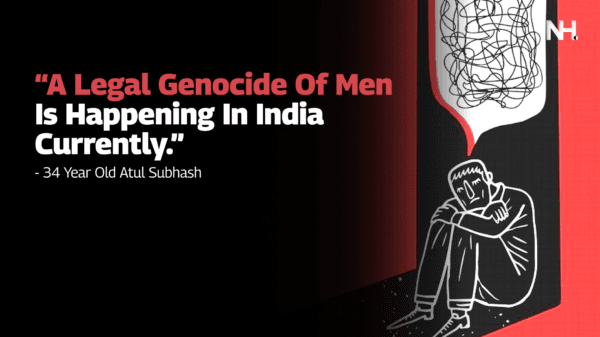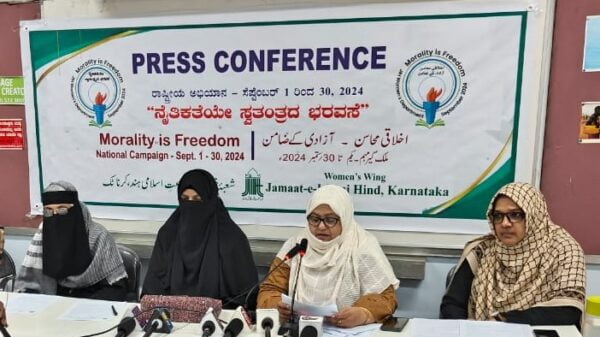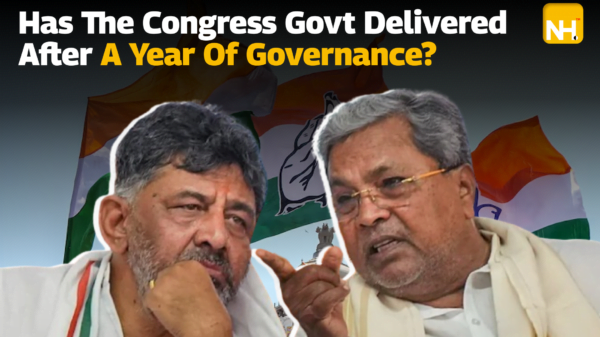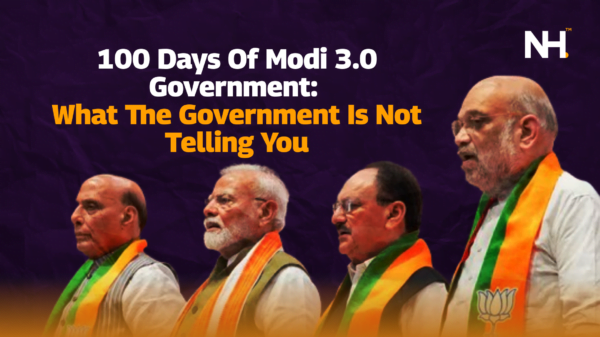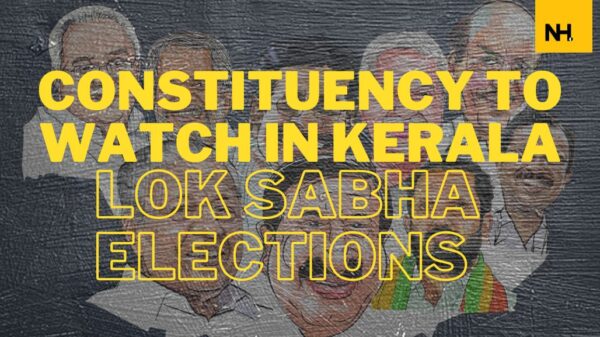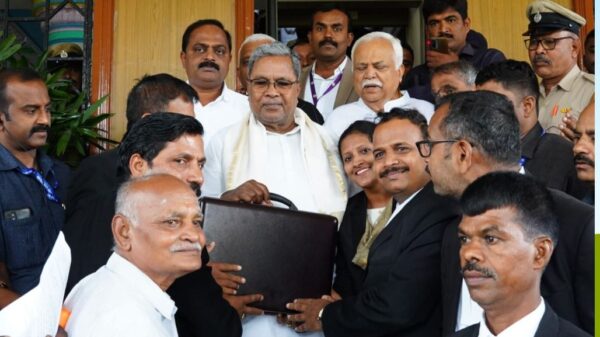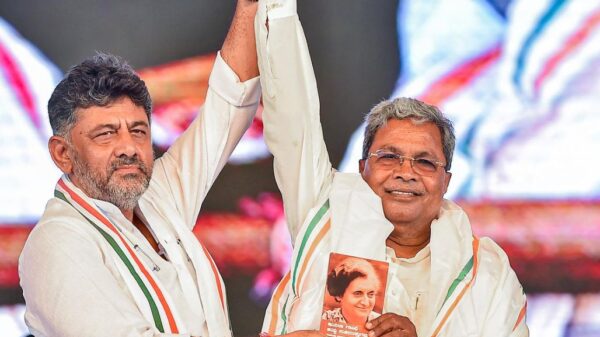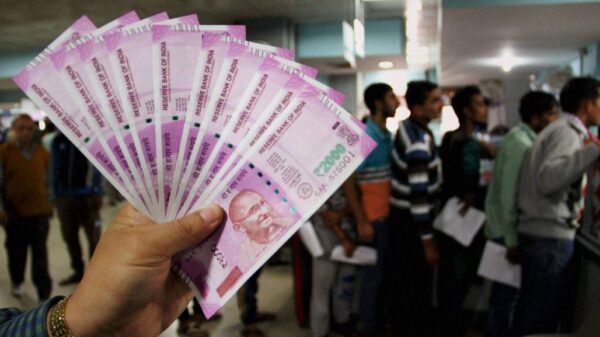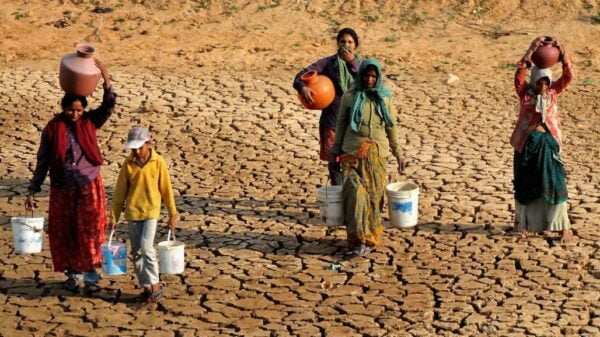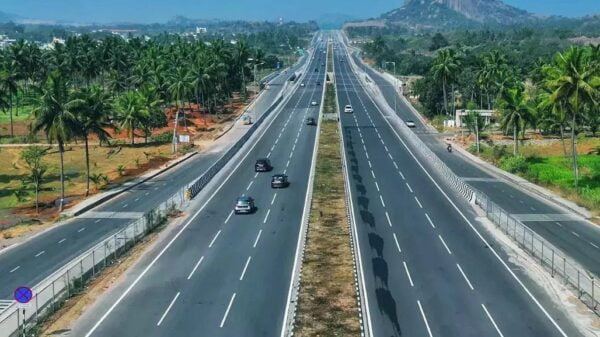India’s population growth presents opportunities and challenges for the nation’s economy. As of April 2023, India has surpassed China to become the world’s most populous nation, with over 1.4 billion people, according to the United Nations. On the one hand, India’s large population provides a sizable labour pool that has attracted foreign investment, particularly in the manufacturing and IT sectors. The expanding middle class in India has also increased domestic spending and the demand for goods and services, further boosting the economy.

Image Source: CNN
However, India’s population growth also poses significant challenges to the nation’s economy. The demand for resources such as food, water, and energy constantly increases, leading to overuse and depletion, which can impede economic growth. Providing healthcare and education accessible to everyone in a large population can be challenging, which can lower the quality of the labour force and impede economic growth. Due to increased job competition from a large population, wages may be lower, and job security may be less specific, inhibiting consumption and economic growth.
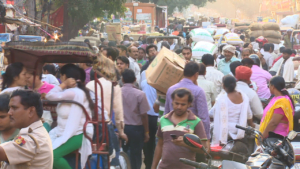
Image Source: CNN
In addition, India’s population challenges exacerbate income inequality. Most of the population lives below the poverty line, and social unrest and instability brought on by income inequality could negatively affect the economy. Infrastructure development is also significantly hampered by a large population, as congestion makes it difficult to construct new infrastructure.
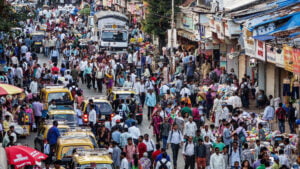
Image Source: Current Affairs – Adda247
To address these issues, India must invest in infrastructure, healthcare, and education while fostering inclusive economic growth that benefits all facets of India’s population. India should continue its family planning initiatives and educate the populace about the advantages of smaller families. This will reduce strain on resources and create more opportunities for economic growth, helping to slow down population growth rates.
Improving education access will enable the population to acquire the skills and knowledge required to boost productivity and reduce poverty. Additionally, it will make it possible for more women to work, further slowing down population growth. Expanding access to healthcare, particularly in rural areas, will improve the population’s overall health, reduce infant mortality rates, and increase life expectancy, enhancing opportunities for economic growth and lowering population growth rates.
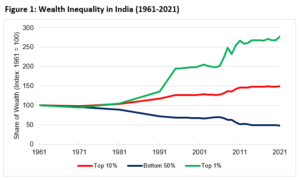
Image Source: The India Forum
Developing better transportation, communication, and housing infrastructure will make it possible to move people and goods more efficiently, ease traffic, and create more economic growth opportunities. To accommodate the expanding middle class, the government should focus on developing sustainable and eco-friendly solutions to meet their growing resource demands.
India’s population presents both opportunities and challenges for the economy. With suitable infrastructure, healthcare, and education investments, India can manage its population growth and sustainably grow its economy. The government must foster inclusive economic growth that benefits all facets of India’s population while addressing income inequality and developing sustainable solutions to meet the nation’s growing resource demands.
Written by: Parimal Wagh
The writer of the article is a law student at the Government Law College, Mumbai.

















